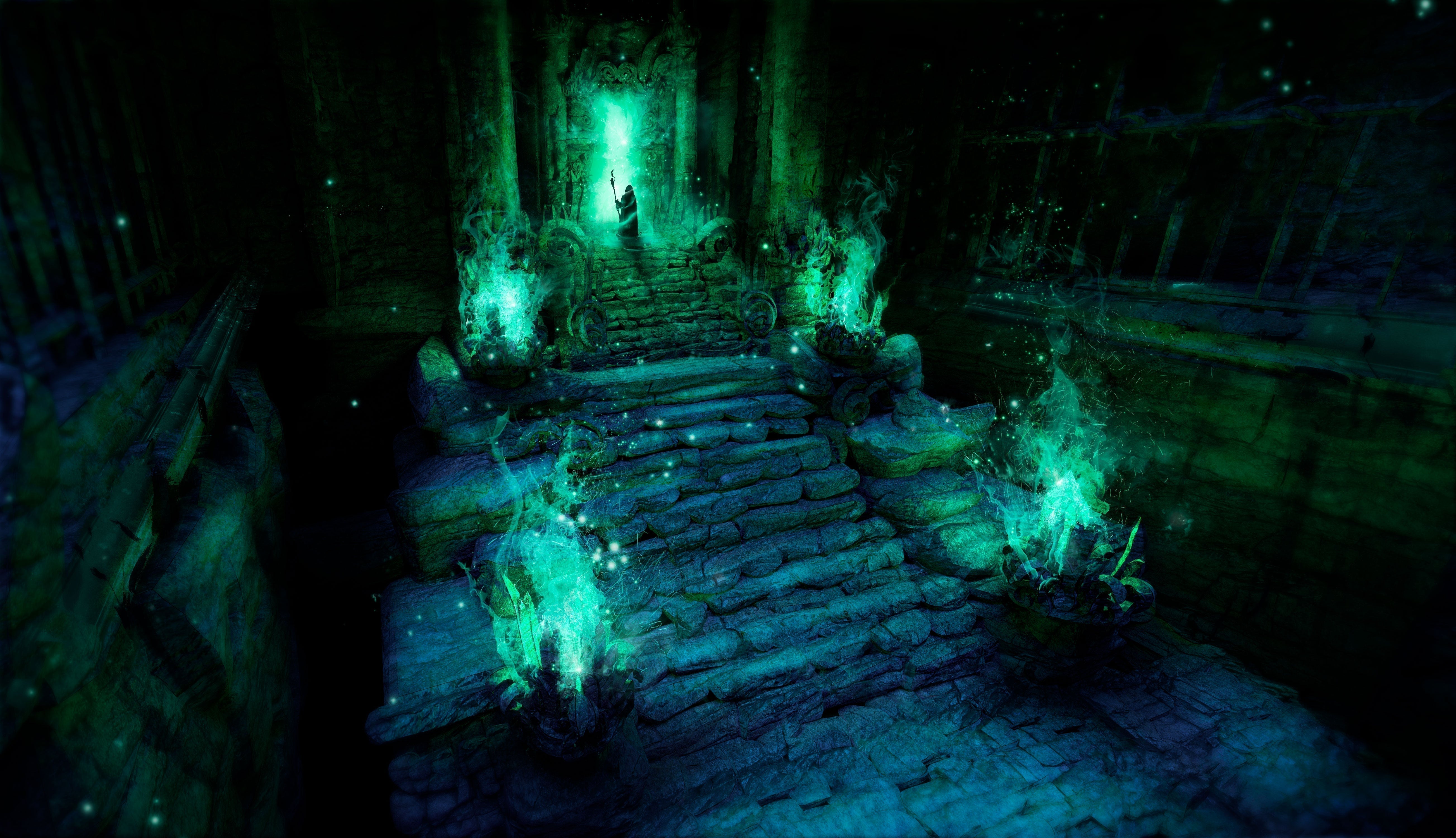Welcome to the first installment of our new blog series, "Craft Fascinating Worlds for Your RPG Campaign." In this series, we will delve into the art of worldbuilding and provide you with tips and insights to help you create immersive and captivating settings for your tabletop roleplaying game (TTRPG) campaigns. In this first part, we will focus on getting started and laying the foundation for your world.
1. Define the Genre
The first step in crafting a fascinating world is to determine the genre of your campaign. Are you envisioning a high fantasy realm filled with magic and mythical creatures? Or perhaps a gritty cyberpunk cityscape where technology reigns supreme? Identifying the genre will guide your creative decisions throughout the worldbuilding process and help establish the tone and atmosphere of your campaign.
2. Establish Core Themes
Think about the core themes you want to explore in your world. Is your campaign centered around themes of redemption, political intrigue, or survival? Identifying these core themes will add depth and meaning to your world, making it more engaging for your players. Consider how these themes can be woven into the setting, characters, and plotlines of your campaign.
3. Map Out the Geography
A well-crafted map forms the backbone of any captivating world. Start by sketching a rough outline of the continents, islands, mountains, rivers, and other geographical features. Think about how the geography influences the world's climate, resources, and cultures. Consider creating diverse regions with distinct landscapes to add variety and opportunities for exploration in your campaign.
4. Cultivate Cultures and Societies
The cultures and societies within your world bring it to life. Develop different civilizations, each with its own customs, traditions, and values. Consider their histories, social structures, and interactions with other groups. Emphasize the diversity of your world by incorporating various races, ethnicities, and cultural backgrounds. This will make your world feel rich and realistic, allowing players to immerse themselves fully.
5. Create Iconic Locations
Think about the iconic locations that define your world. These can be ancient ruins, bustling cities, hidden sanctuaries, or treacherous dungeons. Develop these locations with intricate details, including their histories, inhabitants, and unique features. Iconic locations serve as focal points for adventures and provide memorable backdrops for your players' exploits.
6. Populate with Compelling Characters
Compelling characters breathe life into your world. Create memorable non-player characters (NPCs) that players will encounter during their journey. Give them distinct personalities, motivations, and backstories. NPCs can be allies, adversaries, or enigmatic figures who shape the players' experiences. The interactions with these characters will add depth and realism to your campaign.
7. Weave Intriguing Lore
Lore enriches your world and adds a sense of history and depth. Develop a rich backstory that explains the origins of your world, significant events that have shaped its course, and the mythologies that exist within it. Lore can be revealed gradually throughout the campaign, creating a sense of discovery and intrigue for the players. Incorporate legends, prophecies, and ancient artifacts to spark curiosity and drive the narrative forward.
8. Consider the Role of Magic
If magic exists in your world, consider its role and mechanics. Determine how prevalent magic is, who can wield it, and the consequences of its use. Establish magical institutions, rituals, and the different schools of magic within your world. Magic can be a powerful force that shapes societies, drives conflicts, and offers endless possibilities for adventure.
FAQ
Q: How much detail should I include in my worldbuilding?
A: The level of detail depends on your preferences and the needs of your campaign. Focus on developing areas that will directly impact the players' experiences, such as the starting location or regions they are likely to explore. Leave room for improvisation and collaboration with your players to incorporate their ideas and make the world feel more alive.
Q: How can I ensure my world remains consistent and coherent?
A: Keep notes and refer back to them regularly to maintain consistency. Establish a set of rules and guidelines for your world and stick to them. Consider creating a style guide that outlines the visual, cultural, and thematic elements of your world to ensure coherence.
Q: How can I involve my players in the worldbuilding process?
A: Collaborate with your players by inviting them to contribute to the worldbuilding. Encourage them to create characters with ties to the world or even regions of their own. Incorporate their ideas and give them agency in shaping the world. This fosters a sense of investment and connection to the campaign.
By following these tips and guidelines, you can lay a solid foundation for your RPG campaign world. In the next installment of this series, we will explore how to expand and develop your world further, creating intricate plotlines and engaging quests. So, grab your pen and paper, and get ready to embark on a journey of worldbuilding that willignite the imaginations of both you and your players. Stay tuned for Part 2 of "Craft Fascinating Worlds for Your RPG Campaign"!

Comments
Post a Comment